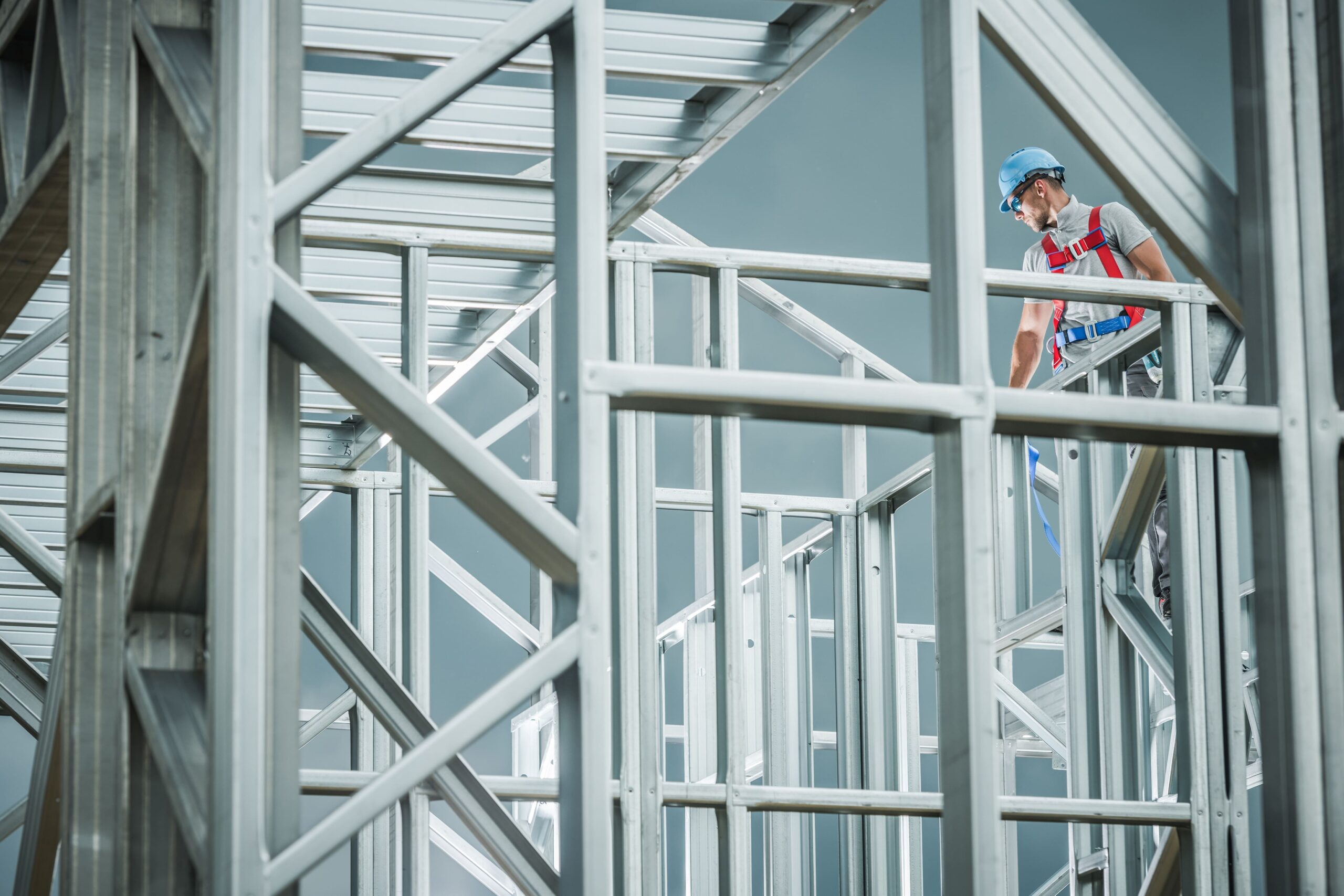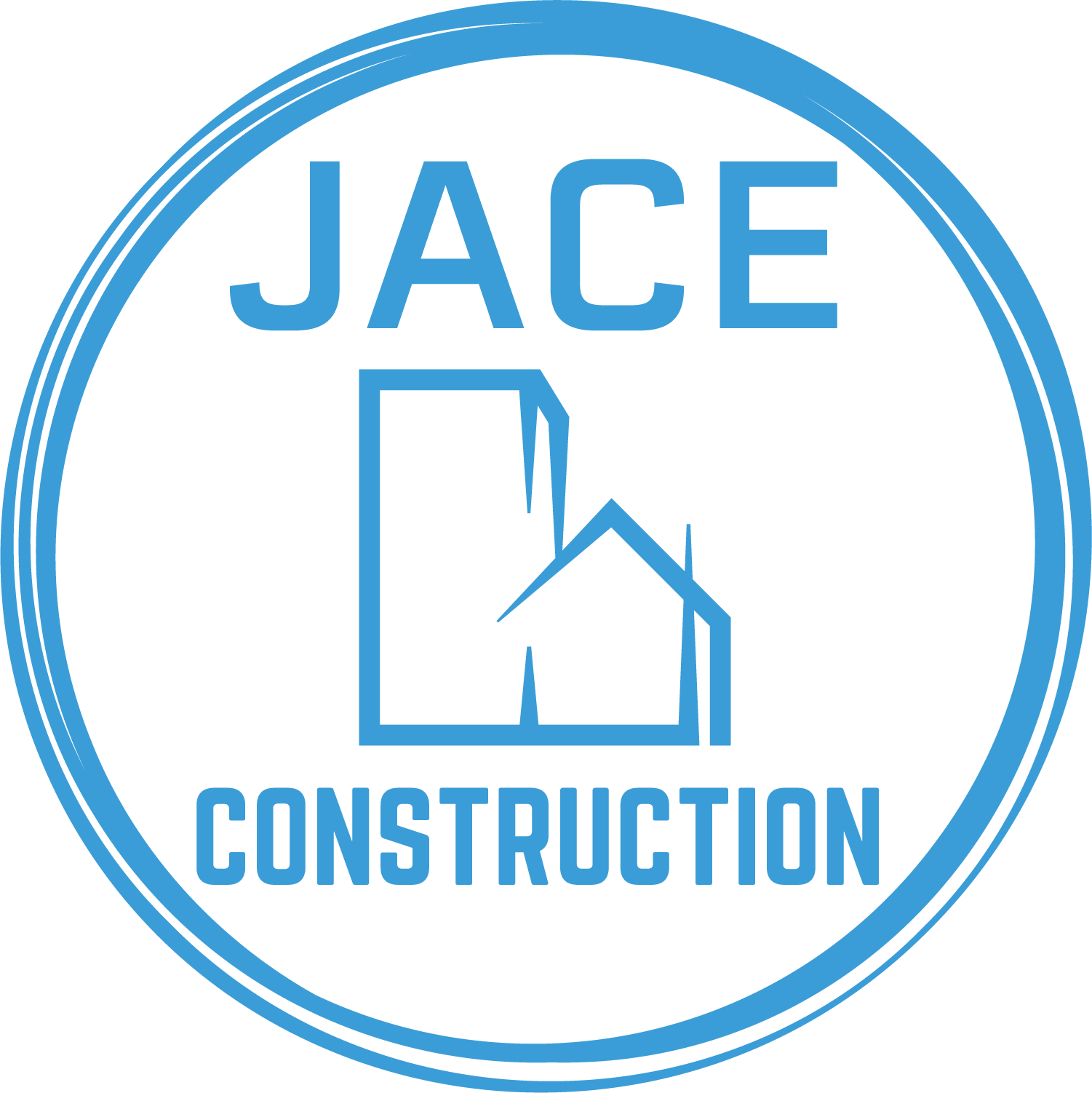- Fredericton, New Brunswick
- +1 506 206 9636
- [email protected]
Concrete vs. Cement: What’s the Difference and Why It Matters
- Home
- Blogs
- Concrete vs. Cement: What’s the Difference and Why It Matters

When discussing construction and building materials, the terms “concrete” and “cement” are often used interchangeably. However, they are not the same thing, and understanding the difference between the two is crucial for anyone involved in construction or home improvement projects. At JACE Construction, we believe that clear knowledge of these materials can lead to better project outcomes. Here’s a breakdown of what separates concrete from cement and why it matters.
Understanding Cement
**1. What is Cement?
Cement is a fine, powdery substance made from calcined limestone and clay, which is used as a binder in construction. When mixed with water, it forms a paste that hardens and binds other materials together. Cement is one of the key components in concrete, but it’s not the only one.
**2. Types of Cement
There are various types of cement, each with specific properties suited for different applications. Some common types include:
- Portland Cement: The most widely used type of cement, known for its strength and durability.
- Blended Cement: Contains a mix of Portland cement and other materials, such as fly ash or slag.
- White Cement: Similar to Portland cement but made with raw materials that result in a white color.
Understanding Concrete
**1. What is Concrete?
Concrete is a composite material made up of cement, aggregates (such as sand, gravel, or crushed stone), and water. When these components are mixed together, they form a malleable substance that can be poured into molds to create structures. As the concrete cures, it hardens and gains strength, becoming a solid material.
**2. Components of Concrete
Concrete consists of three main ingredients:
- Cement: Acts as the binder that holds the other materials together.
- Aggregates: Provide bulk and strength to the concrete. They are usually divided into fine aggregates (sand) and coarse aggregates (gravel or crushed stone).
- Water: Reacts with the cement to form a chemical bond, which helps in the hardening process.
Key Differences Between Concrete and Cement
**1. Composition
- Cement: A single ingredient that is a component of concrete. It is a powder that, when mixed with water, forms a paste.
- Concrete: A mixture of cement, aggregates, and water. It is the finished product used for construction.
**2. Usage
- Cement: Used primarily as a binding agent in concrete and mortar. It is not used alone for structural purposes.
- Concrete: Used for creating structural elements like foundations, slabs, walls, and pavements. It is the material that you see in most construction projects.
**3. Strength and Durability
- Cement: By itself, cement does not have the strength or durability required for construction. Its primary role is to act as a binder.
- Concrete: Provides strength and durability due to the combined properties of cement and aggregates. It is designed to withstand various stresses and loads.
Why Understanding the Difference Matters
**1. Correct Material Selection
Understanding the difference helps in choosing the right material for your construction needs. For example, you would use cement as part of a concrete mix for a foundation or pavement, but not as a standalone material.
**2. Proper Mixing and Application
Knowing how to correctly mix and use cement and concrete ensures better results in your construction projects. Proper mixing ratios and curing methods are essential for achieving desired strength and durability.
**3. Cost and Efficiency
Using cement and concrete appropriately can impact the cost and efficiency of your project. Misunderstanding their roles could lead to increased costs or suboptimal performance.
**4. Maintenance and Longevity
Concrete’s durability and longevity depend on the quality of the mix and application. Understanding the components helps in maintaining and extending the life of concrete structures.
Conclusion
While cement and concrete are often thought of as interchangeable, they are fundamentally different materials with distinct roles in construction. Cement is a key ingredient in the mix that forms concrete, which is used to build and repair structures. By understanding the differences, you can make more informed decisions about materials and methods, leading to better results in your construction projects.
At JACE Construction, we’re committed to delivering high-quality results by using the right materials and techniques for every job. If you have any questions about cement, concrete, or any other construction needs, feel free to reach out to our team of experts. We’re here to help you achieve the best outcomes for your projects.
Share this post :
Recent Post
-
 Concrete vs. Cement: What’s the Difference and Why It Matters13 Sep 2024
Concrete vs. Cement: What’s the Difference and Why It Matters13 Sep 2024 -
 The Benefits of Metal Framing in Commercial Buildings13 Sep 2024
The Benefits of Metal Framing in Commercial Buildings13 Sep 2024 -
 The Importance of Proper Framing: Wood vs. Metal in Fredericton Homes13 Sep 2024
The Importance of Proper Framing: Wood vs. Metal in Fredericton Homes13 Sep 2024 -
 How Fredericton’s Climate Affects Concrete Foundations: Tips for Longevity12 Sep 2024
How Fredericton’s Climate Affects Concrete Foundations: Tips for Longevity12 Sep 2024
